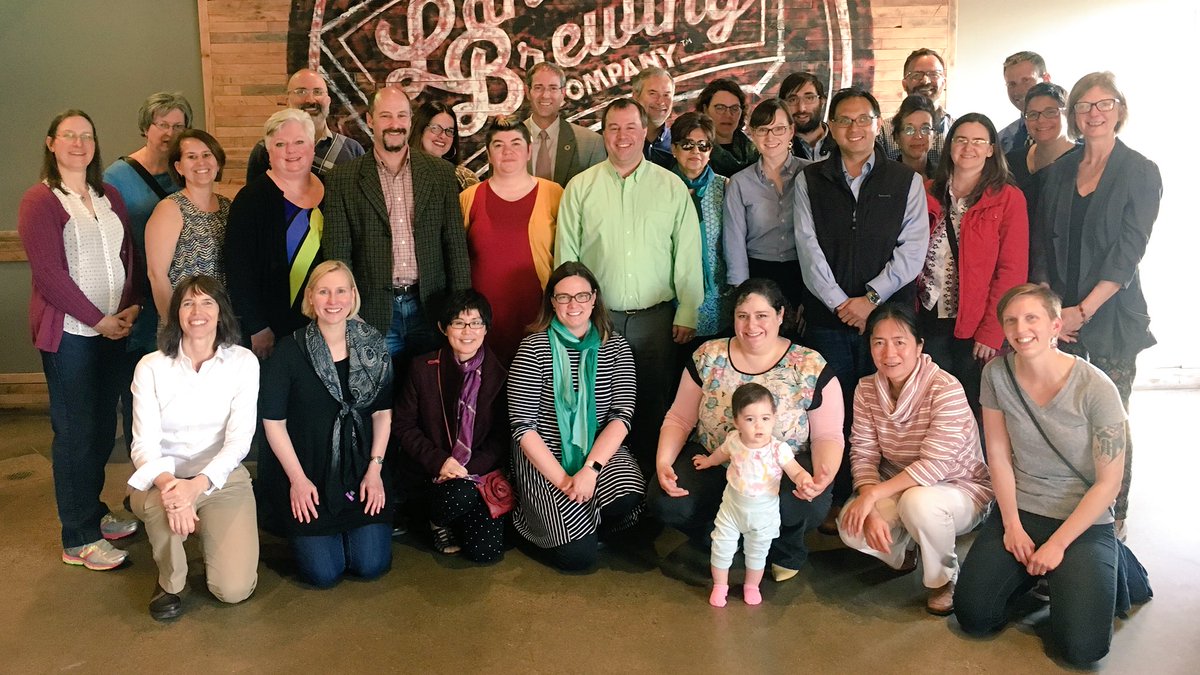This website (vallesm.msu.domains) is the result of participation in the CAL Spring 2017 Digital Presence Fellows program, led by Kristen Mapes, Scott Schopieray, and Stephen Thomas (in alphabetical order). It was a wonderful to be part of this community of scholars learning how to be at home in a wide range of digital environments. A great semester ended with a sweet party at the Lansing Brewing Company and featured some words from Scott and from Dean Long, master of the digital presence.
Thanks to Leigh Graves Wolf for tweeting out the above image!




